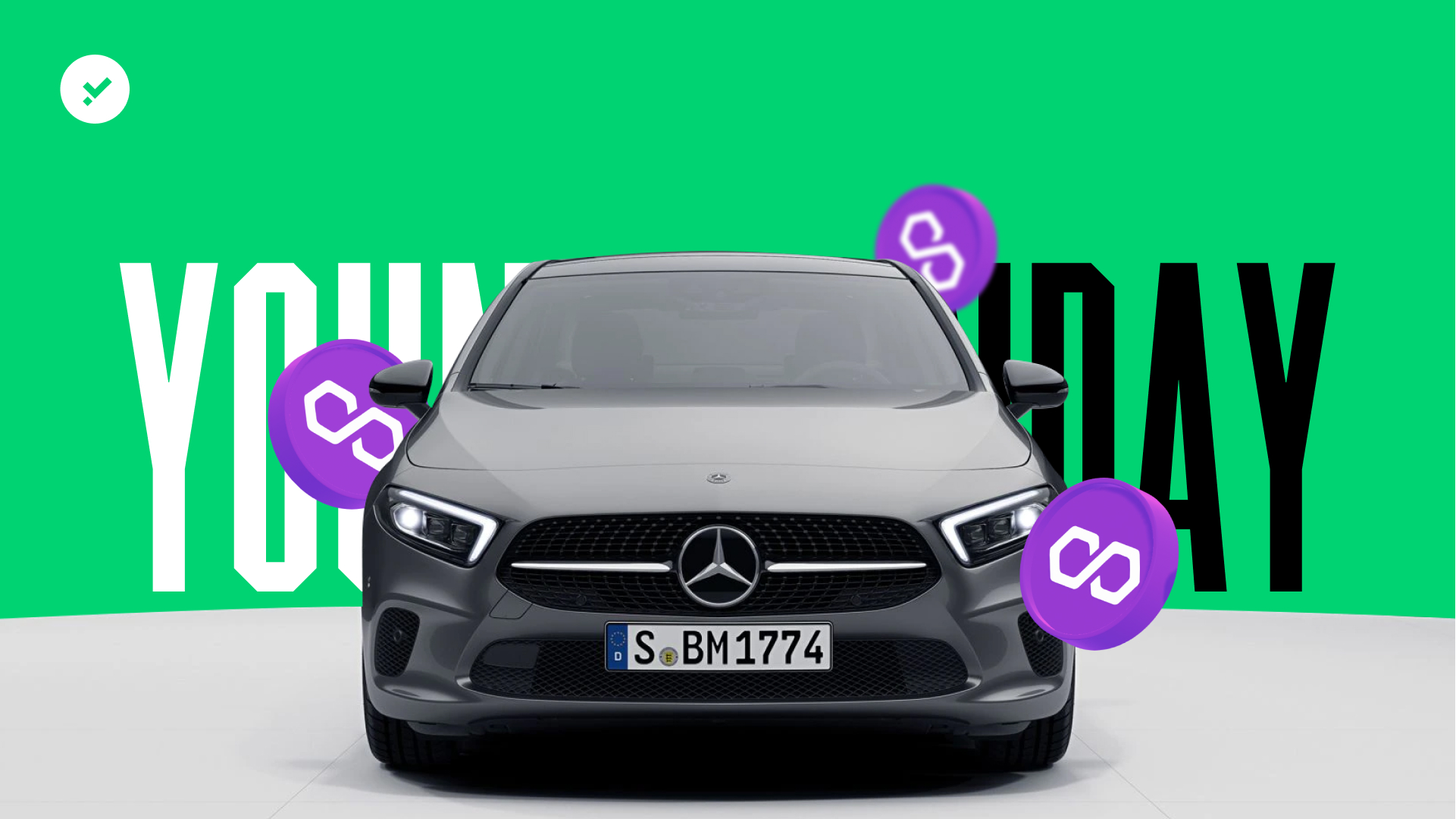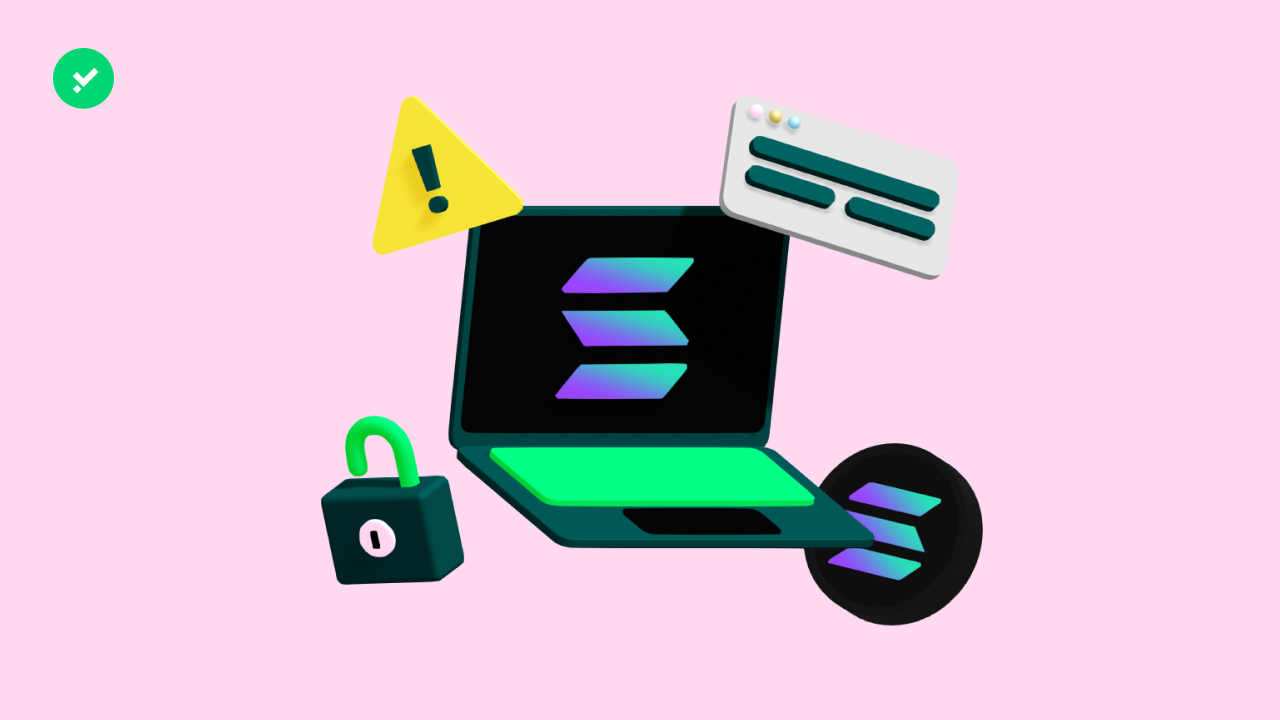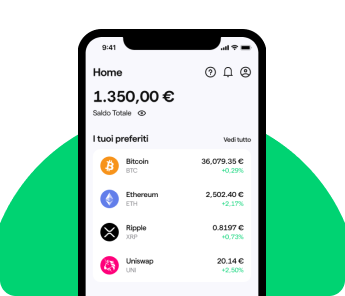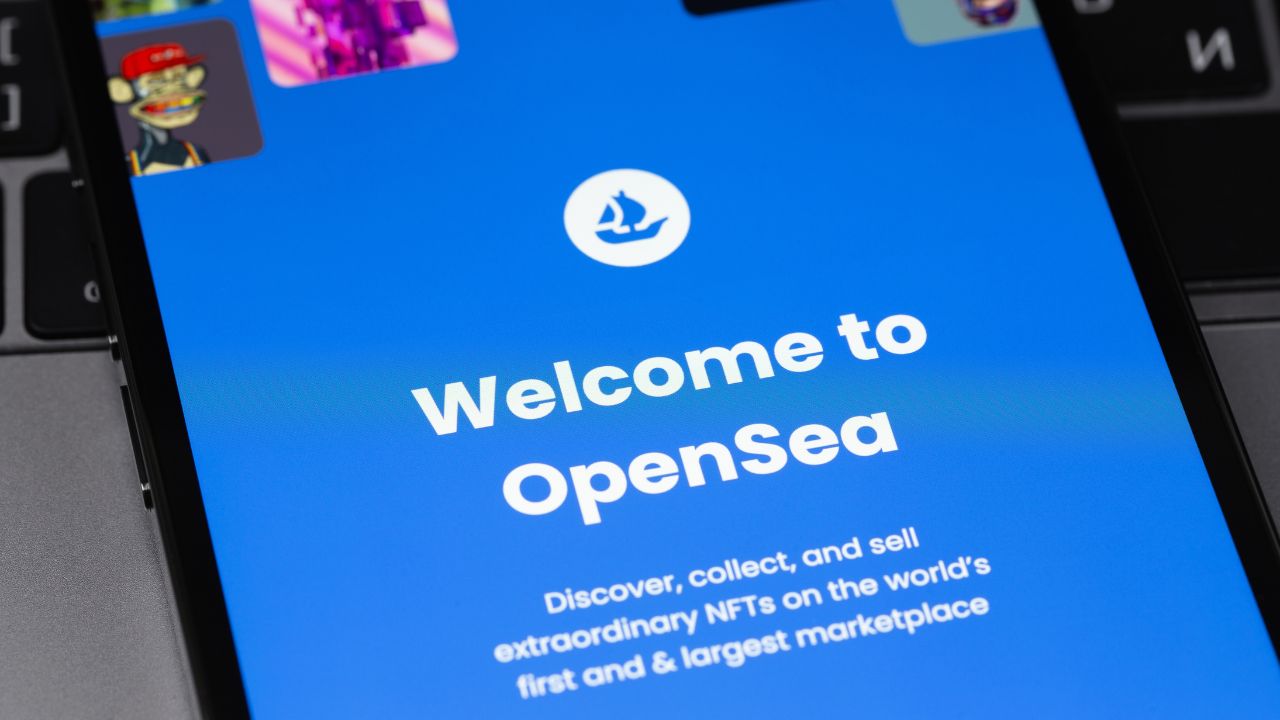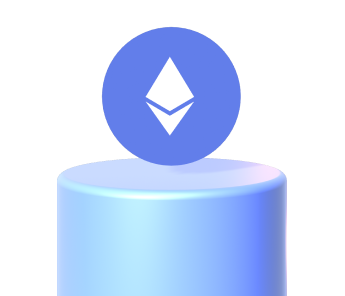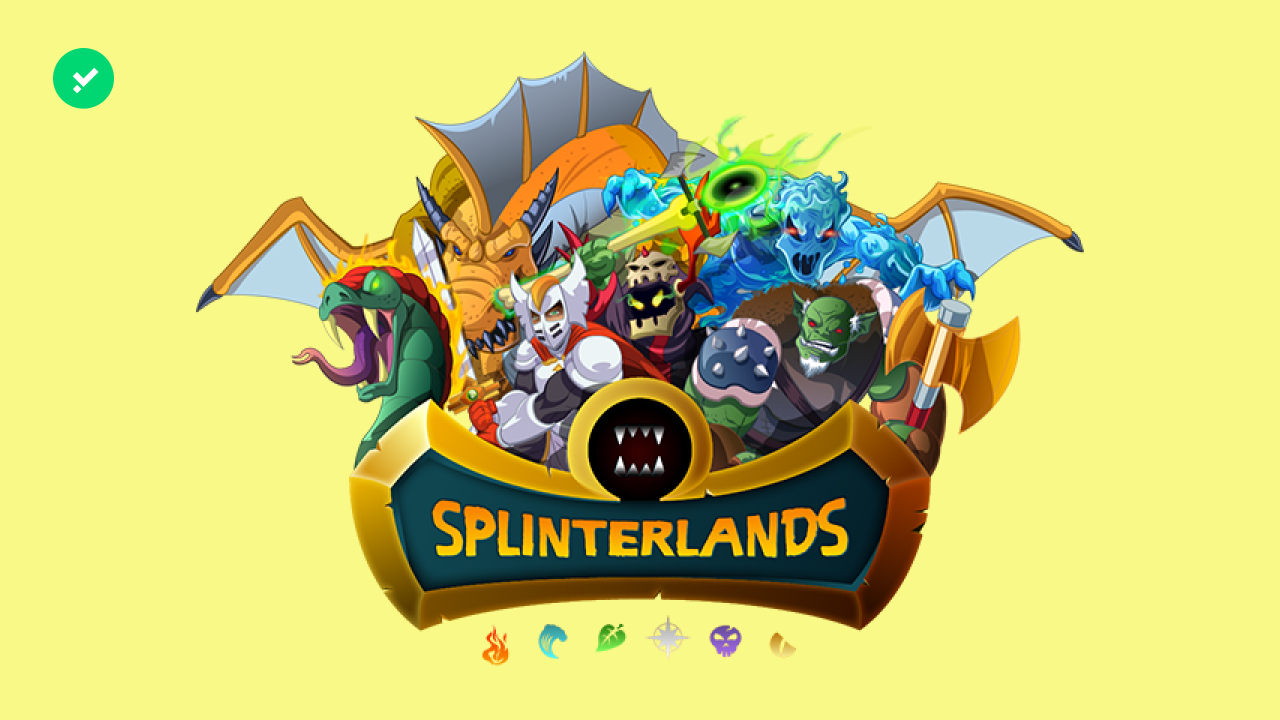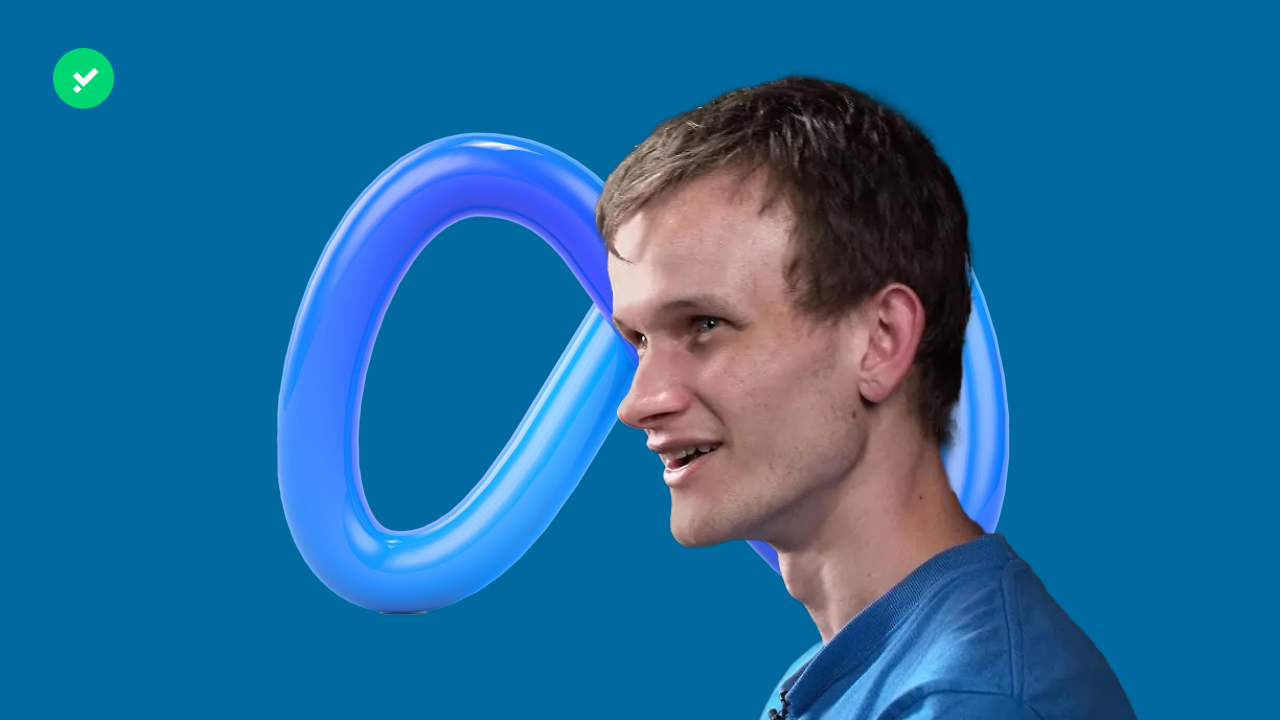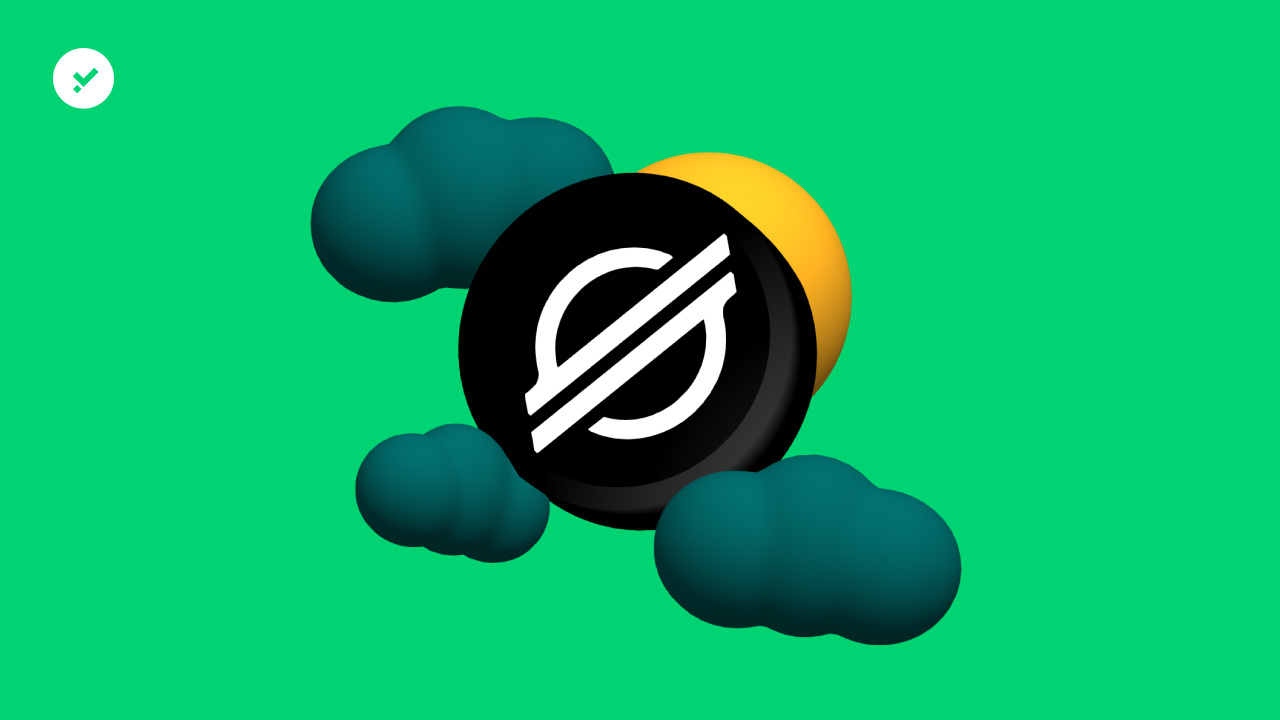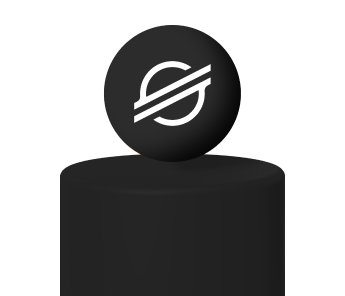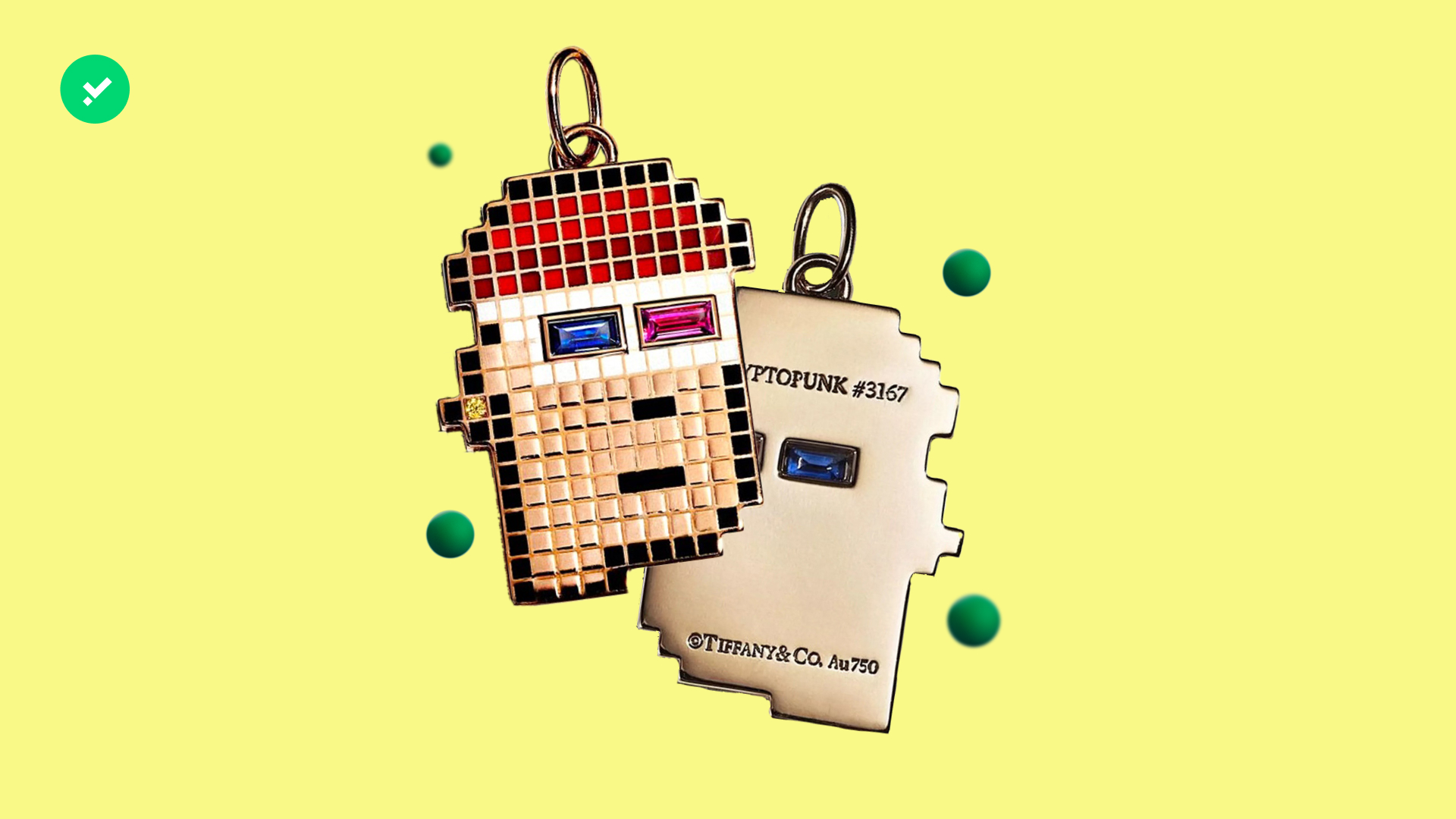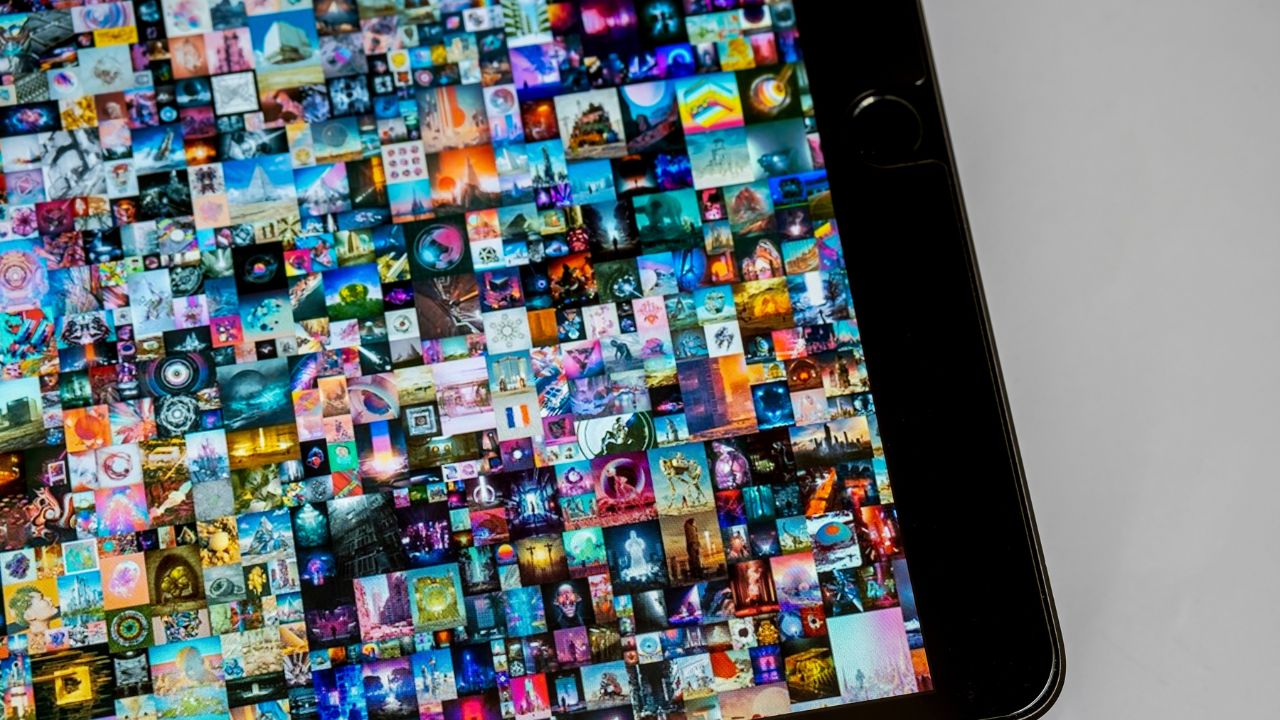Gucci accepts payments in ApeCoin, Mercedes Benz relies on Polygon for artificial intelligence and Tinder backs down on the Metaverse
These days, you will not have missed the hack targeting Solana’s wallets. Despite huge losses, the blockchain was not compromised. Beyond this, the past week has been crowned with important collaborations between brands and Web3. Gucci will now accept payments in ApeCoin, the crypto of the BAYC (Bored Ape Yacht Club). Mercedes Benz will use Polygon’s blockchain to develop a data sharing platform. Tinder on the other hand is backing off, it will not be launching its metaverse and crypto (for now).
The Bored Apes go shopping at Gucci
Bored Apes holders, and ApeCoin holders in general, will be able to redo their wardrobe in style! The announcement came via a tweet on Gucci’s official page on Tuesday, the 2nd August 2022. The iconic brand described the decision as a further step into exploring Web3. Gucci had already made itself available to accept payments in twelve different cryptocurrencies a few months ago.
APE, the Bored Apes Yacht Club’s DAO governance token, is an ERC-20 token that was distributed to holders of BAYC and MAYC (the Mutant Ape Yacht Club’s NFT collection) on the 17th of March 2022 through an airdrop. For now, it will only be possible to pay with APE tokens at Gucci stores in the US. But the news about the Bored Ape Yacht Club doesn’t end there! Recently, Artsy Monke was created! An art project whose pieces were created thanks to Google’s artificial intelligence, Google Cloud Neural Networks. Their protagonists are the precious NFT monkeys. The AI has in fact transformed the 10,000 NFTs into abstract works of art using textual descriptions of the Bored Ape. This new type of art, commonly called generative art, is becoming very popular recently in the Web3 world. Pieces from the Artsy Monke collection have already been launched on OpenSea. If you are expecting exorbitant prices comparable to BAYC, you will be disappointed. The initial price was only 0.0001 ETH, or about $1.40!
Mercedes and Polygon: collecting data for artificial intelligence
What a memorable time for Polygon! After announcing a collaboration with Disney, a new partnership arrives this week with Mercedes. This time, however, it is not about entertainment on blockchain, but rather the collection and management of data for artificial intelligence and machine learning. The partnership will lead to the launch of the Acentrik platform. The main function of the platform will be the sharing and selling of data, Acentrik can be used to exchange information of various kinds depending on the company using it. Mercedes, for instance, will use Acentrik to exchange automotive data. Acentrik could help the car manufacturer overtake, or at least catch up with Google in the development of self-driving cars. Google is obviously far ahead when it comes to data collection, which is the bread and butter of Big Tech. Mercedes on the other hand is trying to make its way in the sector thanks to Polygon.
But what is Polygon’s role in the project with Mercedes? Polygon will handle all transactions on the platform. In addition to the native MATIC asset, users will also be able to use the most popular stablecoins such as USDC and USDT to register and thus freely consult a multitude of data recorded on Acentrik. For Polygon, this is a real coup in terms of image. The company proves once again, very shortly after the last time, that it is the ideal partner for big brands.
Has Tinder given up its Metaverse?
The Metaverse and crypto have not yet won over Tinder’s heart! The brand owned by Match Group has in fact decided to scale back the funds previously allocated for the development of Web3 projects. This is not an outright rejection of the project. The current CEO of Match Group, Bernard Kim, has stated that he does not want to abandon Web3 projects for good, Tinder will probably have a metaverse, but its putting into place may take longer than expected. The CEO explained that his intention to explore the digital goods sector is real, and that he is excited about the idea of being able to make dating and love possible in the metaverse. As is often the case in relationships, it is not always good to rush things. Kim believes that a lot of study and observation is needed to be ready to make the most of this new technology. Tinder’s plans were originally to develop a Metaverse in which users would get to know each other and socialise, and to launch a coin that would be dedicated to in-app purchases, the TinderCoin. So for now, no match between Tinder and the Web3, but don’t worry, nothing is lost. In love and in the Metaverse, whoever runs away wins?


